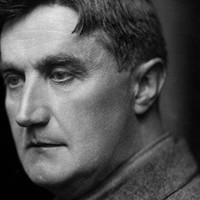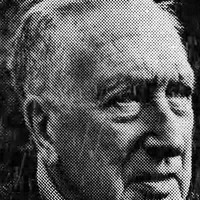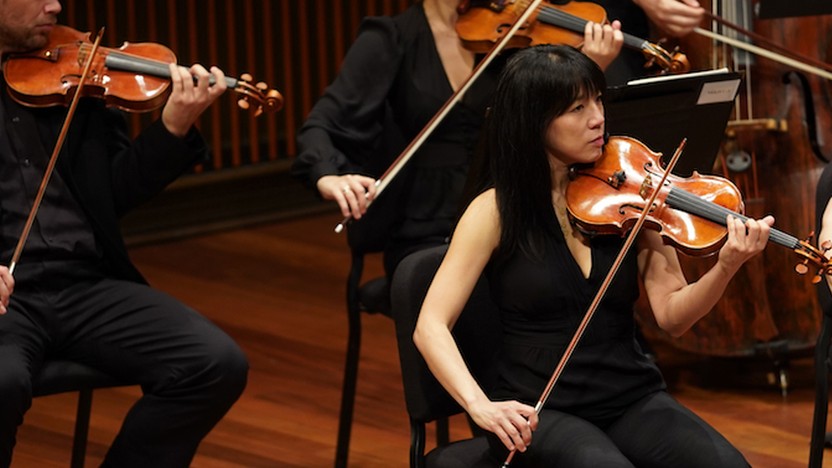Details
Grace Williams
Sea Sketches

Ralph Vaughan Williams
The Lark Ascending
In the sixteenth and seventeenth centuries, England produced some of the world’s finest composers, including Thomas Tallis (c. 1505-1585), John Dowland (1563-1626) and Henry Purcell (1659-1695). After Purcell, foreigners like George Frideric Handel and Franz Joseph Haydn dominated the local scene, and it took another 200 years for the next wave of major British composers to emerge. The dry spell finally broke around the turn of the twentieth century, led by Edward Elgar, Gustav Holst and Ralph Vaughan Williams.
Vaughan Williams understood that a thriving English music could not just mimic continental styles — even though he sought out Max Bruch in Germany and Maurice Ravel in France to study their crafts thoroughly. The seeds of Vaughan Williams’ distinctly British voice came, as he wrote in 1912, from the sounds of everyday life all around him, “for instance, the lilt of the chorus at a music-hall joining in a popular song, the children dancing to a barrel organ, the rousing fervour of a Salvation Army hymn, St. Paul’s and a great choir singing in one of its festivals, the Welshmen striking up one of their own hymns whenever they win a goal at the international football match, the cries of the street pedlars, the factory girls singing their sentimental songs.”
In 1914, Vaughan Williams drafted an initial version of The Lark Ascending for violin and piano, but then the 42-year-old enlisted to serve in World War I, leading to a four-year hiatus from composition. With input from British violinist Marie Hall (to whom the score is dedicated), Vaughan Williams completed two versions of this violin showpiece in 1920, one with piano accompaniment and the other scored for small orchestra.
The title and inspiration of The Lark Ascending came from a poem by George Meredith depicting the rising and circling of a skylark. The musical language captures the pastoral reverie of the poem, especially in the pentatonic flutters and graceful curlicues of the violin’s unmeasured cadenzas. With its radiant harmonies and nostalgic glimmer, it’s no surprise that The Guardian declared The Lark Ascending “Britain’s favourite piece of classical music.”
Aaron Grad ©2022

Sir William Walton
Henry V: Two Pieces for Strings

Joseph Haydn
Symphony No. 80
The three symphonies that Joseph Haydn (1732–1809) composed in November of 1784 appear to have been tailored to the publishing market, and he found outlets for them in Vienna, Paris, London, Berlin and Amsterdam, attesting to his growing international fame. The Symphony No. 80 in D Minor (c. 1784) from that group is one of only ten symphonies that Haydn set in a minor key, but this one exhibits none of the angst that marked his earlier Sturm und Drang (“Storm and Stress”) phase. The symphony’s cheeky sense of humor is rooted in the manipulations of time and space that create sudden contrasts and whimsical juxtapositions, like when the first movement’s development section begins with two full measures of silence, followed by a restart of the previous theme in a new, unrelated key. These spatial effects don’t rely on obvious echoes, but they owe as much to past generations of antiphonal trailblazers as the more subtle canons and loudsoft alternations that enliven the entire symphony’s intricate orchestration.
Aaron Grad ©2019
About This Program
This program features three composers of the British Isles and their impressionist works inspired by nature, including the SPCO debut of Grace Williams’ Sea Sketches for String Orchestra, a 20th century suite of five movements, each showcasing a different mood of the sea. At the heart of the program lies an SPCO favorite: Ralph Vaughan Williams’ The Lark Ascending, a single movement pastoral work written after George Meredith’s poem by the same name depicting the rise and fall of a skylark in flight. Here, SPCO violinist Nina Tso-Ning Fan delivers a stunning interpretation of its beautifully untethered cadenzas.

